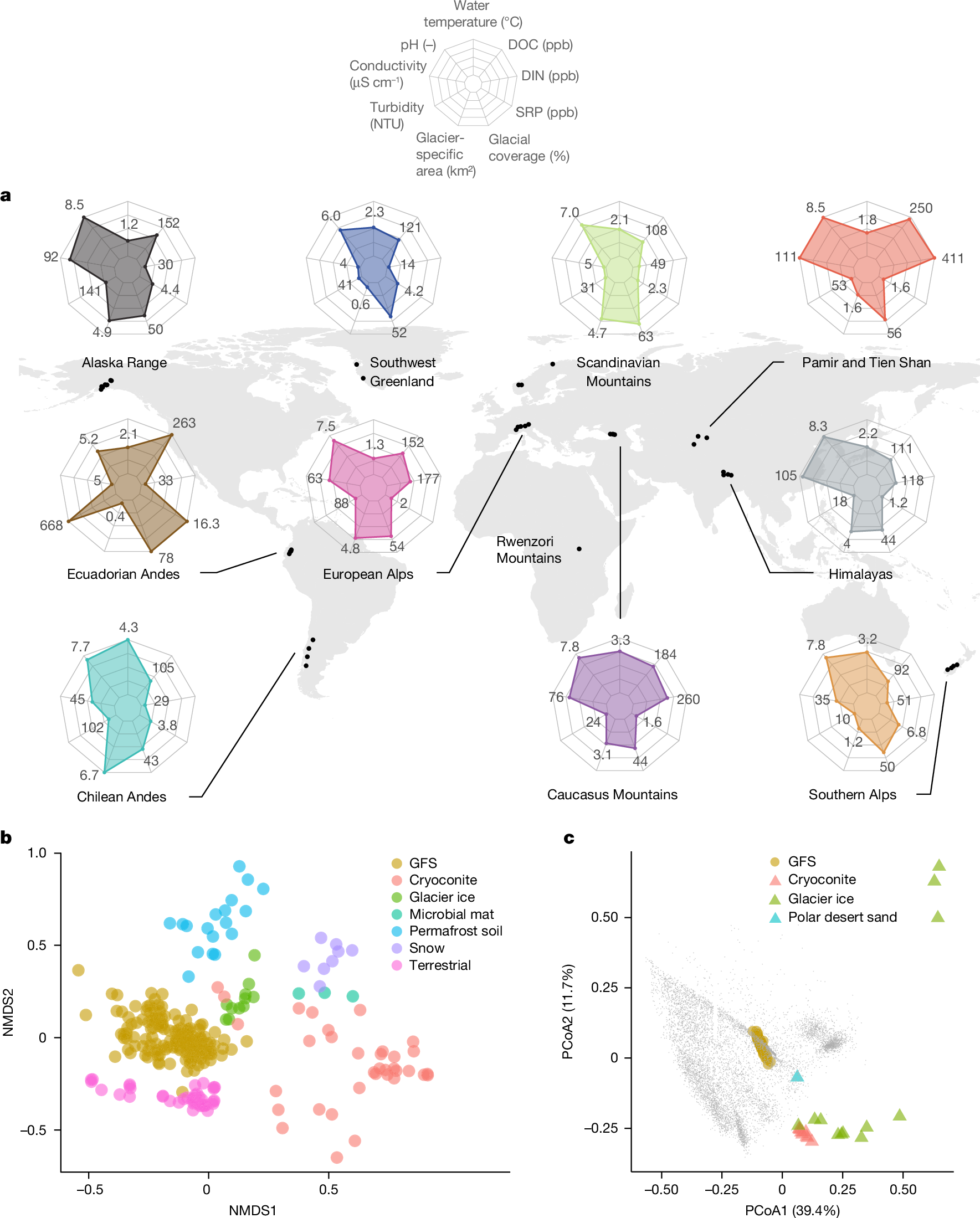2025-01-07 ワシントン大学セントルイス校
- https://source.washu.edu/2025/01/immune-targeted-approach-helps-control-tuberculosis-in-mice/
- https://www.cell.com/cell-host-microbe/fulltext/S1931-3128(24)00439-6
IFNを介したNET放出は結核菌の複製を促進し、肉芽腫のカゼ化とも関連する Type I IFN-mediated NET release promotes Mycobacterium tuberculosis replication and is associated with granuloma caseation
Chanchal Sur Chowdhury∙ Rachel L. Kinsella∙ Michael E. McNehlan∙ … ∙ Wandy Beatty∙ Joshua T. Mattila∙ Christina L. Stallings Published:December 4, 2024
DOI:https://doi.org/10.1016/j.chom.2024.11.008
Graphical abstract
Highlights
•Mtb-induced NET release is PAD4 and type I IFN dependent
•Type I IFN promotes NET release without compromising plasma membrane integrity
•NET release by neutrophils promotes Mtb replication
•NET release in granulomas is associated with necrosis and caseation in NHPs
Summary
Neutrophils are the most abundant cell type in the airways of tuberculosis patients. Mycobacterium tuberculosis (Mtb) infection induces the release of neutrophil extracellular traps (NETs); however, the molecular regulation and impact of NET release on Mtb pathogenesis are unknown. We find that during Mtb infection in neutrophils, PAD4 citrullinates histones to decondense chromatin that gets released as NETs in a manner that can maintain neutrophil viability and promote Mtb replication. Type I interferon promotes the formation of chromatin-containing vesicles that allow NET release without compromising plasma membrane integrity. Analysis of nonhuman primate granulomas supports a model where neutrophils are exposed to type I interferon from macrophages as they migrate into the granuloma, thereby enabling the release of NETs associated with necrosis and caseation. Our data reveal NET release as a promising target to inhibit Mtb pathogenesis.



